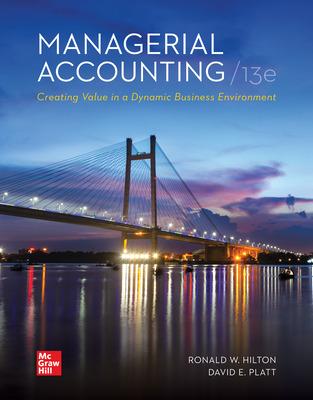Question
QUESTION THREE a) Citing relevant examples, briefly explain how the physical limits method is different from sales value method as applied in process costing (2
QUESTION THREE a) Citing relevant examples, briefly explain how the physical limits method is different from sales value method as applied in process costing (2 marks) b) With relevant examples, define the term spoilage and explain three possible methods of accounting for spoilage. (4 marks) c) Waada Ltd. employs five processes to manufacture a hybrid fertilizer branded Dazzz. The data below relates to process 3 for the month of October 2020: Opening work-in progress Shs. Transferred from process 2 (70% on 2nd Oct & 30% on 15th Oct 2020) 112,000 Labour costs from process 2 76,500 Units Beginning work-in-progress 8,500 (50% complete) Transferred from process 2 during the month 62,500 Completed during the month 56,000 Ending work-in-progress 9,000 (75% complete) Current costs: Shs. Transferred in from process 2 1,250,000 Material costs 750,400 Labour costs 491,000 Material costs are added to the product as the end of the process and conversion costs are assumed to be incurred uniformly throughout the process. Manufacturing overhead is applied to the product on the basis of 50 per cent of labour cost. Additional information: i) Units lost during processing are considered to be a normal occurrence unless the number of lost units exceed 5 per cent of total units accounted for. The cost of normal loss is absorbed by the cost of total units accounted for. ii) Lost units in excess of 5 per cent are considered abnormal. This cost is separately identified and written off as a loss. The company cost accounts follow a policy of assigning only transferred-in costs to abnormally lost units. Required: Using the FIFO method of valuing inventory, prepare process 3 statement for the month of October 2020 showing: i) Total cost assigned to good units and transferred to process 4. (7 marks) ii) Total loss due to abnormal lost units. (2 marks) iii) Valuation of closing work-in-progress in total and by elements of cost (3 marks) iv) Identify the causes of losses in process costing. (2 marks) (Total: 20 marks)
Step by Step Solution
There are 3 Steps involved in it
Step: 1

Get Instant Access to Expert-Tailored Solutions
See step-by-step solutions with expert insights and AI powered tools for academic success
Step: 2

Step: 3

Ace Your Homework with AI
Get the answers you need in no time with our AI-driven, step-by-step assistance
Get Started


